5 Essential Tips for Maximizing Efficiency in Vegetables Cold Storage
Table of Contents
- Understanding the Ideal Temperature and Humidity for Vegetable Cold Storage
- The Impact of Ethylene Gas on Vegetables: Mitigation Strategies for Cold Storage
- Best Practices for Packaging Vegetables to Extend Shelf Life in Cold Storage
- Utilizing Advanced Technology for Monitoring Conditions in Cold Storage
- Periodic Assessment of Cold Storage Efficiency: Metrics and Key Performance Indicators
- Training Staff on Cold Storage Protocols to Ensure Consistent Quality Control
- FAQS
- Conclusion
- Related Posts
You know, the importance of good vegetable cold storage can't be stressed enough, especially these days with the world’s growing food demands. Honestly, according to the Food and Agriculture Organization (FAO), about a third of all the food we produce worldwide ends up getting wasted — and a big reason for that is not having the right storage facilities or proper practices in place.
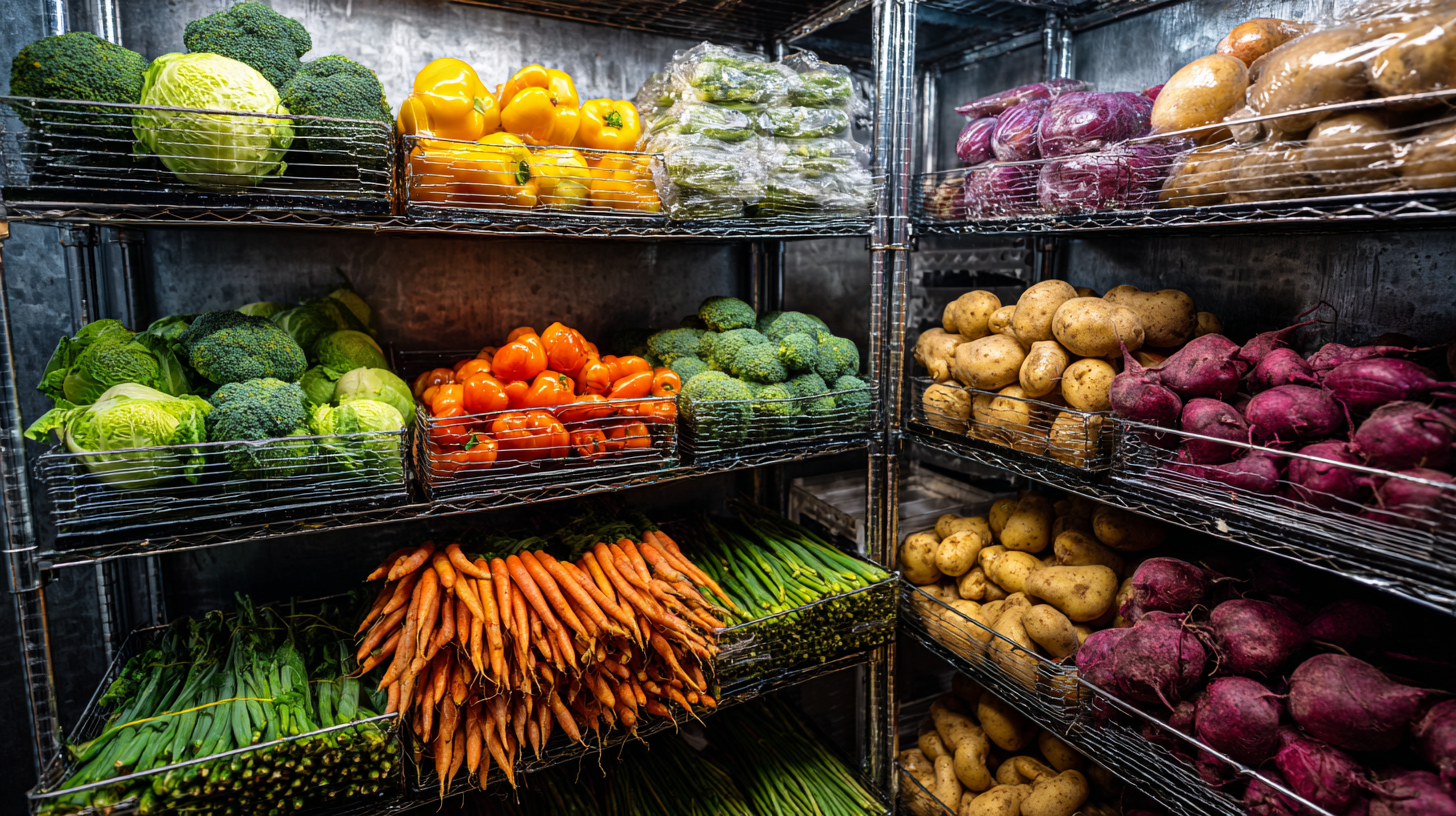 When you have reliable cold storage solutions, it seriously can make a huge difference, helping veggies last longer, keeping their quality intact, and cutting down on unnecessary waste. At Guangxi Cooler Refrigeration Equipment Co., Ltd., we get it — making your cold storage work efficiently isn’t just about having good equipment. It’s about looking at the whole picture: planning, design, and making sure everything runs smoothly. That’s why we offer a one-stop solution with personalized, one-on-one service, so our clients can enjoy a hassle-free experience. As more folks realize that effective cold storage is crucial, it really becomes essential to adopt best practices. Doing so helps protect the quality of stored vegetables and supports more sustainable food distribution worldwide.
When you have reliable cold storage solutions, it seriously can make a huge difference, helping veggies last longer, keeping their quality intact, and cutting down on unnecessary waste. At Guangxi Cooler Refrigeration Equipment Co., Ltd., we get it — making your cold storage work efficiently isn’t just about having good equipment. It’s about looking at the whole picture: planning, design, and making sure everything runs smoothly. That’s why we offer a one-stop solution with personalized, one-on-one service, so our clients can enjoy a hassle-free experience. As more folks realize that effective cold storage is crucial, it really becomes essential to adopt best practices. Doing so helps protect the quality of stored vegetables and supports more sustainable food distribution worldwide.
Understanding the Ideal Temperature and Humidity for Vegetable Cold Storage
When it comes to keeping vegetables fresh in cold storage, knowing the right temperature and humidity levels is a big deal. Usually, most veggies do well in the range of about 32°F to 41°F (that's 0°C to 5°C). Sticking to these temps helps slow down their respiration process and delays spoilage, so they stay fresh and nutritious longer. That said, different veggies have their own quirks—like leafy greens, which prefer a bit more humidity to stay crisp, while root vegetables do better with a little drier air to avoid rotting.
And don’t forget about humidity! Keeping it between roughly 85% and 95% is pretty much key. Too dry, and they’ll lose moisture; too damp, and you risk mold and decay. A good ventilation system can really help maintain the perfect balance, making sure air moves around evenly. If you pay close attention to both temperature and humidity, you’ll create a storage setup that not only extends the shelf life but also keeps your veggies super fresh and tasty!
Vegetable Cold Storage: Ideal Temperature and Humidity Levels
The Impact of Ethylene Gas on Vegetables: Mitigation Strategies for Cold Storage
Ethylene gas really has a big impact on how long vegetables stay fresh in storage. It’s actually a natural plant hormone that speeds up ripening, but that can backfire sometimes — especially with delicate produce like leafy greens and broccoli. In fact, some studies show that the presence of ethylene can cut down shelf life by up to 30%. So, to keep things fresh longer, it’s super important to have good strategies in place in cold storage setups.
One handy tip is to use materials that absorb ethylene—things like potassium permanganate or activated carbon. These can really help cut down the ethylene levels and keep vegetables tasting and looking fresh. Also, it’s a smart move to regularly check the ethylene levels with a gas detector. That way, you get a read on what's happening and can tweak storage conditions before things go bad.
And don’t forget about temperature and humidity. Keeping the storage room cool—usually between 0°C and 4°C (that's about 32°F to 39°F)—is key. Not only does this slow down the veggies’ respiration, but it also keeps ethylene production in check. When you combine these tactics with regular inventory rotation, you’ll boost the shelf life of your produce and be better able to handle market demands without stuff going to waste.
Best Practices for Packaging Vegetables to Extend Shelf Life in Cold Storage
When you're trying to keep your vegetables fresh for longer in cold storage, good packaging really makes all the difference. Using moisture-proof yet breathable materials can help a lot—think perforated plastic bags that let air circulate but keep excess moisture out, which is key to preventing mold. Also, wrapping leafy greens in a slightly damp paper towel before tossing them in the bag can help maintain just the right humidity and keep them fresh way longer.
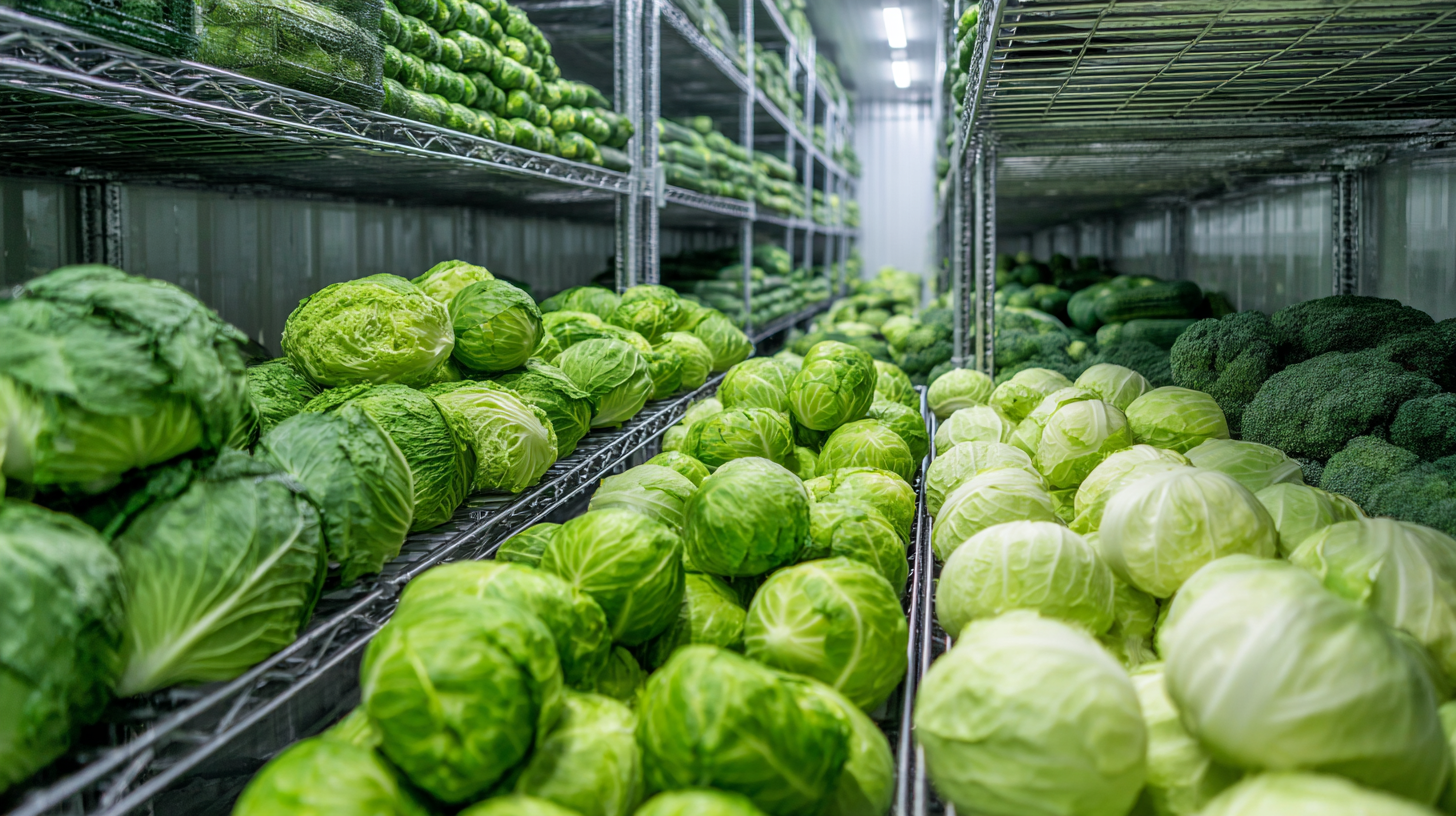
And don’t forget about temperature control! Recent studies show that if the cold chain isn’t managed properly, your veggies won’t last as long as they should. Keeping an eye on temperature swings during storage and shipping is super important to make sure everything stays in the sweet spot. Plus, overcrowding your storage space can actually hurt, because it blocks airflow and can cause spoilage.
Investing in a good cold chain monitoring system can really save the day—helping producers and store owners track temperatures on the fly and make quick tweaks to keep everything in check.
Utilizing Advanced Technology for Monitoring Conditions in Cold Storage
In today's fast-changing world of farming, adding some smart tech to veggie cold storage is really a game-changer. Using modern sensors to keep an eye on things like temperature and humidity can make a huge difference in how long your produce stays fresh and just generally better quality. When farmers can get real-time updates, they’re way better at catching problems early—saving both the veggies and money.
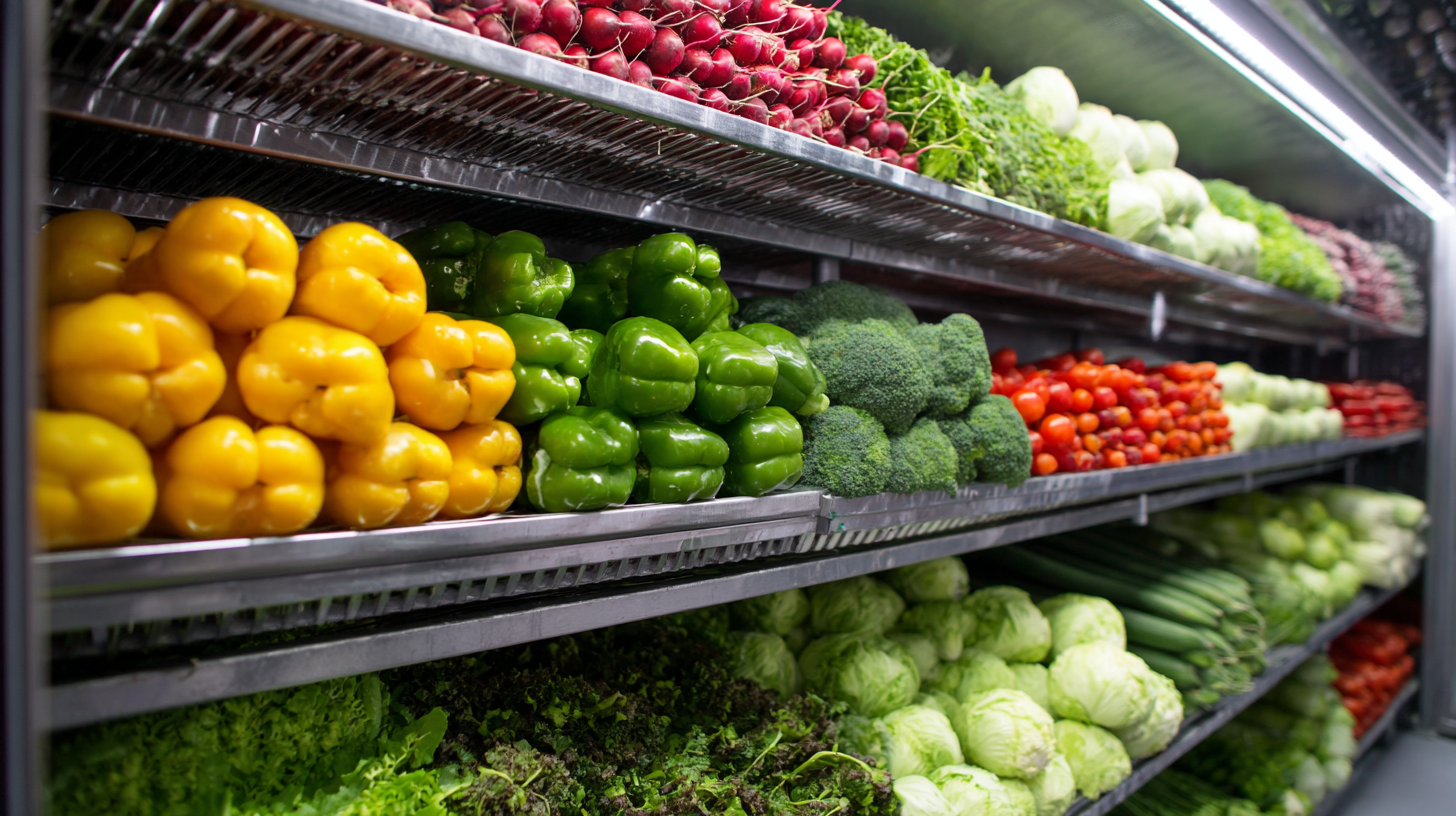
A top tip? Try to get IoT gadgets into your storage setups. These smart sensors don’t just keep tabs on the environment—they also give you alerts if anything starts to go off course, so you can fix things before they get worse. It’s all about staying ahead of the game and keeping those veggies in perfect condition.
And don’t forget about automation. Setting up systems that automatically check on equipment health means less downtime and smoother operation. Basically, it’s about making everything run more reliably, so fresh veggies get to the table quicker and in better shape. Honestly, embracing these tech upgrades doesn’t just boost efficiency—it makes a real difference for everyone involved, from farm to fork.
Periodic Assessment of Cold Storage Efficiency: Metrics and Key Performance Indicators
Checking how well your cold storage is working every now and then is super important if you want to keep your vegetables fresh for longer. Using tools like metrics and KPIs (you know, those key numbers that tell you how things are going) can really help you get a better grip on whether your storage setup is doing its job. Things like temperature swings, humidity levels, and how the air flows—those are the key variables you definitely want to keep an eye on. By regularly reviewing these, you can catch any weird inconsistencies early on and fix them before they turn into bigger problems. When you dig into this data, it’s easier to make smarter decisions that will actually extend the life and quality of your veggies.
And hey, if you wanna get fancy, throwing in some cool tech like IoT sensors and predictive analytics can take your game to the next level. These gadgets let you monitor conditions in real-time and even send alerts if something’s off—no more waiting around for issues to be obvious. Tracking KPIs like spoilage rates, energy use, and how fast things are turned over gives you a full picture of how your storage is performing. Setting clear goals for each of these metrics means you can come up with focused strategies to improve your cold storage system, cut down on waste, and boost profits. It’s all about making smarter moves and keeping stuff fresh without breaking the bank.
Training Staff on Cold Storage Protocols to Ensure Consistent Quality Control
Training your staff on cold storage protocols is honestly pretty crucial if you want to keep vegetables fresh and maintain good quality. I came across a report from the Food and Agriculture Organization (FAO) that said about 30% of vegetables worldwide get wasted because they’re not stored properly. That really shows how important it is to have people who know what they’re doing — like understanding the right temperature and humidity levels in cold storage units.
So, when you’re training your team, you want to cover the basics — like what the ideal storage temps are for different veggies, why it’s so important to check on things regularly, and how to handle produce properly to prevent spoilage. There’s actually a study from the Produce Marketing Association that found proper training can cut down waste by as much as 20%. That’s a huge difference — it affects your bottom line, for sure, and also helps with food sustainability.
And it’s not just about the initial training. Keeping your staff informed about new tech and innovations in cold storage can really boost your operations. When employees are in the know about the latest practices, you’re more likely to keep veggies fresh and satisfied customers happy. Basically, investing in training isn’t just about maintaining quality — it’s about setting your business up for long-term success and building a culture that values good, reliable practices.
5 Essential Tips for Maximizing Efficiency in Vegetables Cold Storage
| Tip | Description | Benefits | Training Requirement |
|---|---|---|---|
| Maintain Optimal Temperature | Regularly monitor and adjust the temperature to the optimal storage level for vegetables. | Prolongs freshness and reduces spoilage. | Staff should be trained on temperature monitoring systems. |
| Humidity Control | Ensure humidity levels are appropriate for different types of vegetables. | Minimizes moisture loss and prevents decay. | Training on humidity measuring tools is essential. |
| Inventory Management | Keep an accurate and updated inventory of stored vegetables. | Reduces waste through better turnover. | Staff must learn inventory management software. |
| Regular Cleaning and Maintenance | Schedule periodic cleaning and maintenance of cold storage facilities. | Prevents contamination and maintains storage efficiency. | Workers should be trained on proper cleaning protocols. |
| Staff Training on Best Practices | Provide comprehensive training on cold storage protocols for all staff. | Enhances team competency and ensures consistency. | Regular workshops and training sessions are recommended. |
FAQS
: Ethylene gas accelerates the ripening of vegetables and can lead to premature spoilage, reducing shelf life by up to 30%, especially in sensitive produce like leafy greens and broccoli.
Ethylene-absorbing materials such as potassium permanganate or activated carbon can be used to significantly lower ethylene levels in storage facilities, extending the freshness of vegetables.
The ideal temperature for cold storage is between 0°C to 4°C (32°F to 39°F). Maintaining these conditions slows down respiration rates and minimizes ethylene production.
Regularly monitoring ethylene levels with gas detectors provides valuable data, allowing for proactive adjustments in storage conditions to better preserve vegetable quality.
Utilizing IoT technology and smart sensors helps monitor temperature and humidity in real time, providing alerts for any fluctuations that could compromise vegetable quality.
Automated systems can schedule regular maintenance checks and monitor equipment performance, reducing downtime and enhancing the overall efficiency of storage facilities.
Regular assessment using metrics and key performance indicators (KPIs) helps identify inconsistencies in storage conditions, allowing for informed decisions that improve the longevity and quality of vegetables.
Key metrics for assessment include temperature fluctuations, humidity levels, airflow, spoilage rates, energy consumption, and turnaround times.
Predictive analytics can refine assessments by enabling real-time monitoring and providing alerts for any deviations from optimal storage conditions.
Targeted strategies can lead to improved cold storage operations, resulting in reduced waste, enhanced vegetable quality, and increased profitability.
Conclusion
Keeping vegetables cold and fresh isn't just a good idea — it's pretty much essential if you wanna preserve quality and make those veggies last longer. Yeah, knowing the right temperature and humidity for different kinds of produce really makes a difference. And don’t forget about ethylene gas — it can speed up spoilage if you're not careful. So, having some strategies in place to handle that can really boost the shelf life. Choosing the right packaging and keeping an eye on conditions with modern tech — like real-time monitoring — can make everything way easier and more efficient.
It's also a smart move to regularly check your storage metrics and key performance indicators. That way, you’ll spot areas where things could be better. Training your team on proper storage practices is just as important — consistency is key! At Guangxi Cooler Refrigeration Equipment Co., Ltd., we’re all about providing full-on cold storage solutions. We combine expert planning and top-notch equipment to make managing your vegetable storage smooth, hassle-free, and actually kinda enjoyable.
Related Posts
-
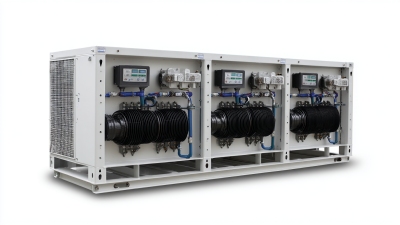
Ultimate Showdown of Monoblock Refrigeration Units Performance and Efficiency
-
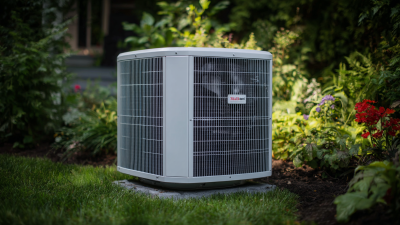
5 Best Outdoor AC Units for Maximum Cooling Performance You Can Trust
-
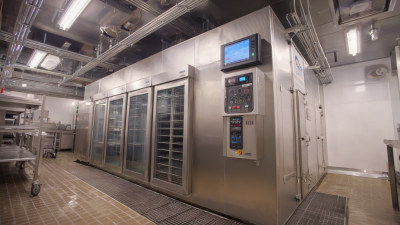
How to Choose the Right Walk In Cooler Condensing Unit for Optimal Energy Efficiency
-
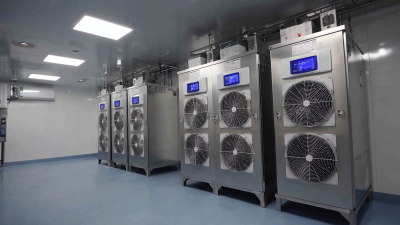
Mastering the Setup: A Comprehensive Guide to Installing Condensing Unit Cold Rooms
-
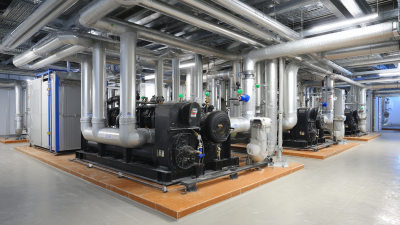
Top Strategies for Enhancing Efficiency with Evaporator Unit Technology
-
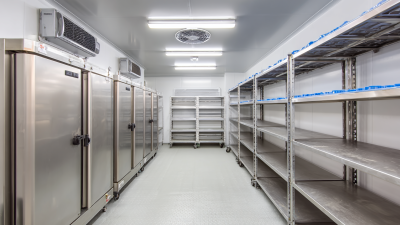
7 Essential Tips for Maximizing Efficiency in Your Freezer Cold Room
Blog Tags:

